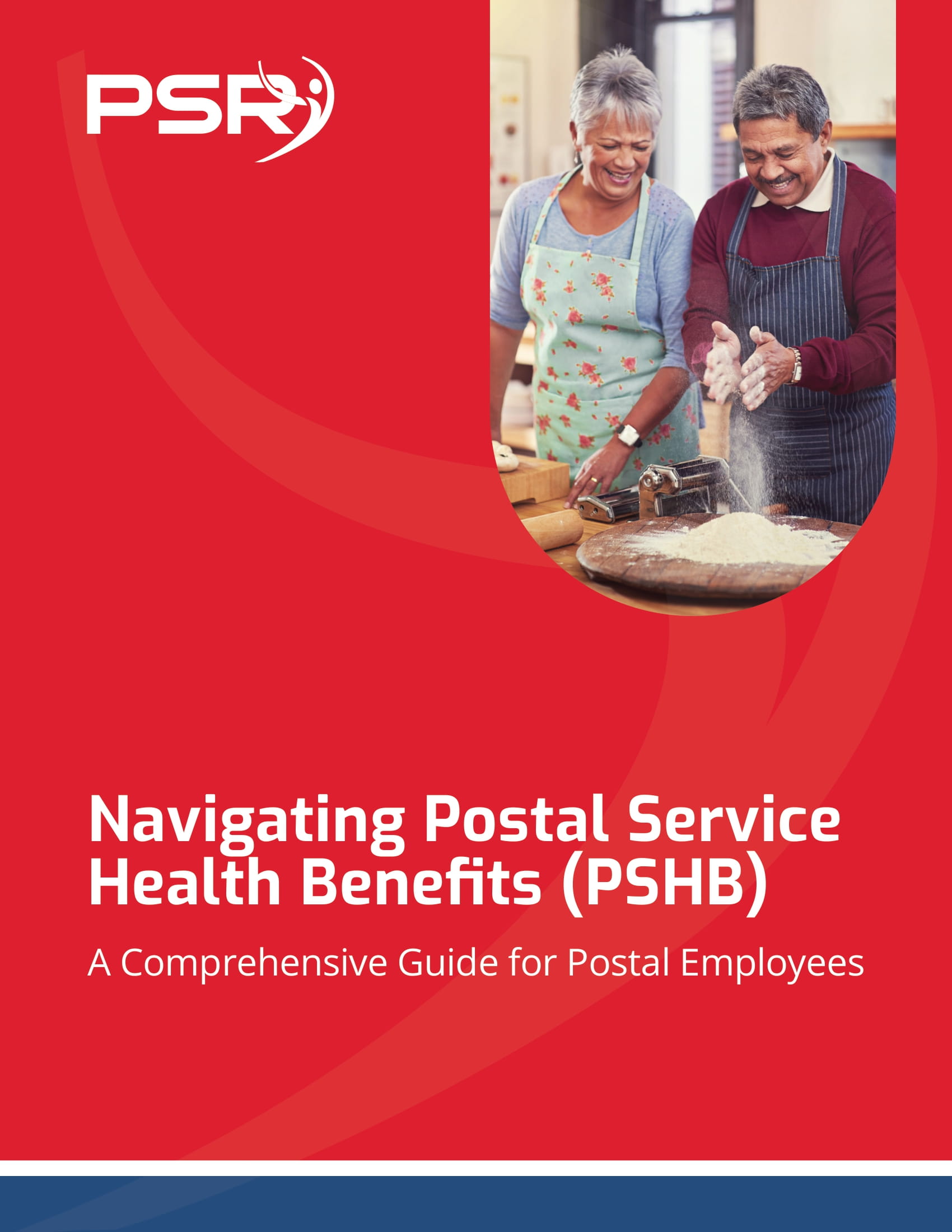Key Takeaways
-
Failing to elect the proper survivor benefit option during retirement can lead to a significant reduction or complete loss of income for your spouse or dependents.
-
Even small administrative oversights, like missing a deadline or misunderstanding cost implications, can cause lasting financial strain for survivors.
Understanding the Purpose of Survivor Benefits
Survivor benefits are a critical component of your public sector retirement plan. They ensure that your loved ones receive ongoing income after your death. In 2025, these benefits remain a valuable tool to provide financial stability, especially for spouses who may rely on your annuity as a primary or supplementary source of income.
Under the Federal Employees Retirement System (FERS) and the Civil Service Retirement System (CSRS), survivor benefits must be elected at the time of retirement or in specific life events, such as marriage or divorce. If you don’t elect or modify these benefits properly, the consequences can be irreversible.
Failing to Elect a Survivor Benefit at Retirement
One of the most serious mistakes you can make is neglecting to elect a survivor benefit when you retire. Here’s why this matters:
-
If you do not choose a survivor benefit, your annuity ends when you die.
-
Your spouse or other eligible dependents will not receive any continued monthly payments.
-
You cannot retroactively add a survivor benefit later unless you meet very narrow exceptions.
This mistake is unfortunately common. In many cases, retirees assume they can adjust their benefits after retirement, only to learn that the window to elect a survivor annuity has closed.
Assuming a Former Spouse Is Automatically Removed
Divorce can significantly alter your survivor benefit responsibilities. If a court order grants your former spouse the right to survivor benefits, you are legally required to comply. However, many retirees make the mistake of assuming that the divorce itself cancels the benefit.
Here’s what you need to know in 2025:
-
Survivor benefits awarded through a court order remain in effect until explicitly changed or challenged.
-
If you remarry, your new spouse may not be eligible for survivor benefits unless you formally update your elections.
-
You could unintentionally deprive a current spouse of survivor benefits if a former spouse retains the court-ordered share.
Always review and update your retirement paperwork following a divorce or remarriage.
Misunderstanding the Cost of Survivor Benefits
Another frequent mistake is underestimating the long-term cost of electing a survivor annuity. While the premiums are deducted from your monthly annuity, the financial trade-off must be carefully evaluated.
Typical cost structures include:
-
10% deduction from your annuity for a full survivor benefit (50% of your unreduced annuity).
-
5% deduction for a partial survivor benefit (25% of your unreduced annuity).
Failing to plan for these deductions may result in budgeting challenges. It’s important to work the survivor benefit cost into your long-term income planning so you’re not surprised by a reduced monthly amount.
Forgetting to Name a Survivor Eligible for Benefits
Some retirees mistakenly assume that their spouse or dependent will automatically qualify for benefits. In reality, you must clearly designate your beneficiary and ensure all required documentation is filed.
In 2025, the Office of Personnel Management (OPM) requires:
-
Official designation of your survivor annuitant.
-
Completion of the proper forms during retirement application.
-
Prompt notification of any changes, such as marriage, divorce, or death.
Failure to do so may lead to benefits being denied, delayed, or legally contested.
Believing That Life Insurance Alone Is Enough
While life insurance plays a role in estate planning, it doesn’t serve the same purpose as a survivor annuity. Some retirees opt out of survivor benefits thinking their life insurance will cover future needs. This can be a costly mistake.
Here’s why:
-
Life insurance is typically a one-time payment and may not cover decades of living expenses.
-
Survivor annuities provide a consistent, inflation-adjusted income for the rest of the beneficiary’s life.
-
Survivor benefits may offer more peace of mind for long-term dependents.
Using both survivor benefits and life insurance strategically can offer better protection.
Not Revisiting Your Election During Major Life Events
In 2025, your personal circumstances can change quickly—whether through marriage, divorce, birth of a child, or death in the family. Each of these events may require a reassessment of your survivor benefit elections.
If you experience any of the following, it’s crucial to review your elections:
-
You marry after retirement and want to provide a benefit for your new spouse.
-
You divorce and wish to change the allocation.
-
Your named beneficiary passes away.
While some changes can be made within a two-year window after the event, others may not be allowed without a qualifying court order or spousal consent.
Overlooking the FERS Special Retirement Supplement
If you retire before age 62 under FERS with eligibility, you may receive the Special Retirement Supplement. However, this benefit ends when you turn 62 or become eligible for Social Security.
Some assume this supplement continues for a survivor, but that’s incorrect:
-
The FERS supplement is not transferable to your survivor.
-
Survivor annuities under FERS are calculated independently and do not include the supplement.
-
You should factor this into your income projections for your spouse or dependent.
Relying on this supplement as a lasting benefit can leave your survivors underfunded.
Missing the Insurable Interest Option
If you’re unmarried but have someone financially dependent on you—such as a sibling or a domestic partner—you may be able to elect a survivor annuity for them under the insurable interest provision. This is an option often missed.
Key facts for 2025:
-
The insurable interest annuity can cost up to 40% of your annuity, depending on age difference.
-
You must elect this at the time of retirement.
-
Medical evidence and proof of financial dependence may be required.
Not considering this option could leave a dependent without any financial support.
Assuming That Survivor Benefits Are Automatic With FEHB
If you’re planning to keep your Federal Employees Health Benefits (FEHB) coverage for your spouse after your death, you must also elect a survivor annuity.
What you need to know:
-
Your spouse cannot continue FEHB after your death without receiving a survivor annuity.
-
Even if you carry FEHB throughout retirement, your spouse loses coverage if no survivor annuity is in place.
-
Electing even a partial survivor annuity is sufficient to maintain FEHB eligibility for your survivor.
Failure to coordinate these benefits can result in a complete loss of health coverage.
Disregarding the Long-Term Financial Needs of Your Spouse
Survivor benefits aren’t just about replacing income—they’re about ensuring your spouse’s financial stability for the rest of their life. If your spouse has limited earnings or a lower Social Security benefit, they could be especially vulnerable.
When evaluating your benefit options, consider:
-
Expected longevity of your spouse.
-
Ongoing living expenses, inflation, and healthcare needs.
-
Your spouse’s eligibility for other retirement benefits.
A short-sighted election can create hardship that lasts for decades.
The Lasting Impact of Survivor Benefit Choices
Every election you make regarding survivor benefits affects your spouse or dependent for years—possibly decades—after you’re gone. Don’t treat it as a box to check during your retirement process. Take time to understand the rules, ask questions, and make choices aligned with your family’s future.
If you’re unsure how your elections will play out, or whether your loved one will be protected, speak to a licensed agent listed on this website. Getting expert advice now could prevent lasting regret later.













